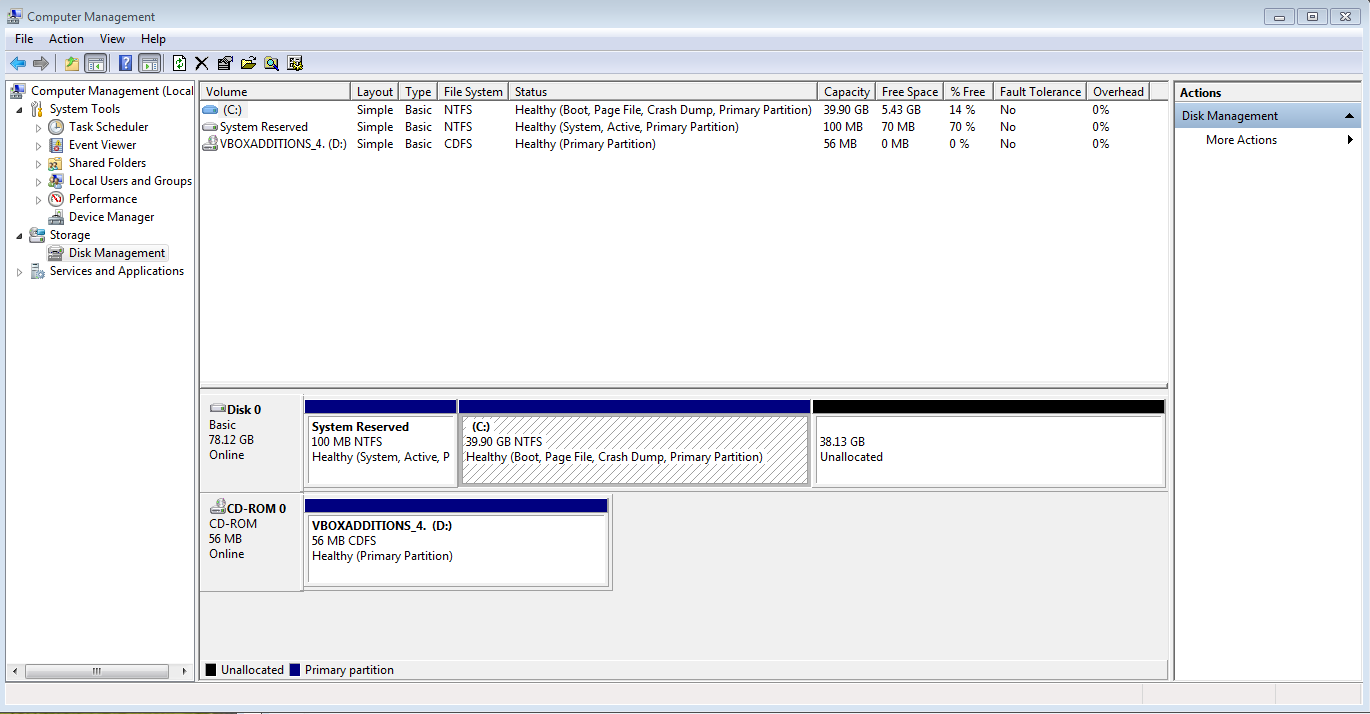I want to migrate from 7 to XP but when i load from disk it just goes back to Windows 7 loading screen
RobertHDD 15 Posting Whiz in Training
Xlphos 16 Veteran Poster
RobertHDD 15 Posting Whiz in Training
Xlphos 16 Veteran Poster
RobertHDD 15 Posting Whiz in Training
rch1231 169 Posting Shark
Reverend Jim 5,216 Hi, I'm Jim, one of DaniWeb's moderators. Moderator Featured Poster
rch1231 169 Posting Shark
RobertHDD 15 Posting Whiz in Training
Reverend Jim 5,216 Hi, I'm Jim, one of DaniWeb's moderators. Moderator Featured Poster
rch1231 169 Posting Shark
RobertHDD 15 Posting Whiz in Training
Be a part of the DaniWeb community
We're a friendly, industry-focused community of developers, IT pros, digital marketers, and technology enthusiasts meeting, networking, learning, and sharing knowledge.


